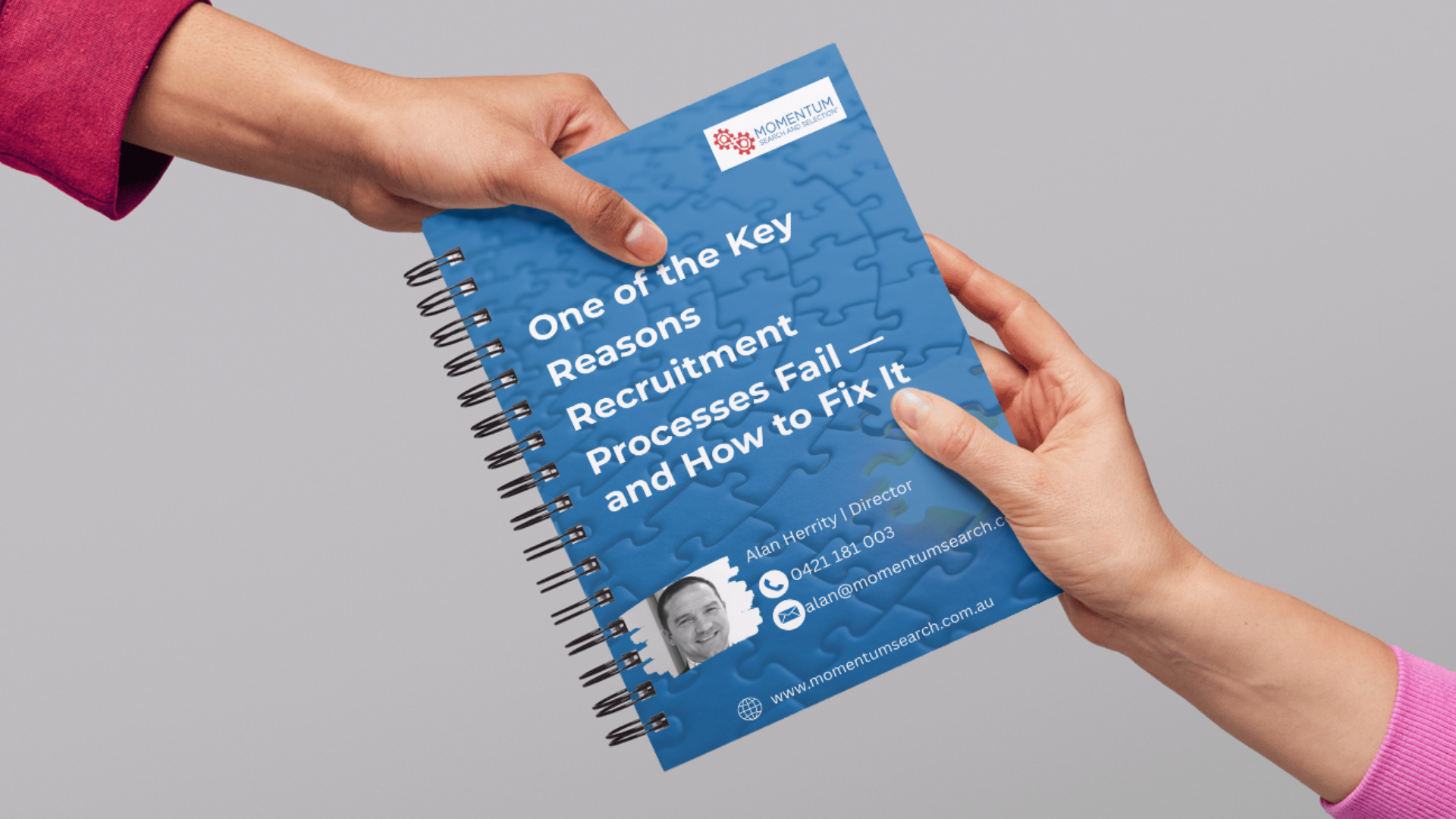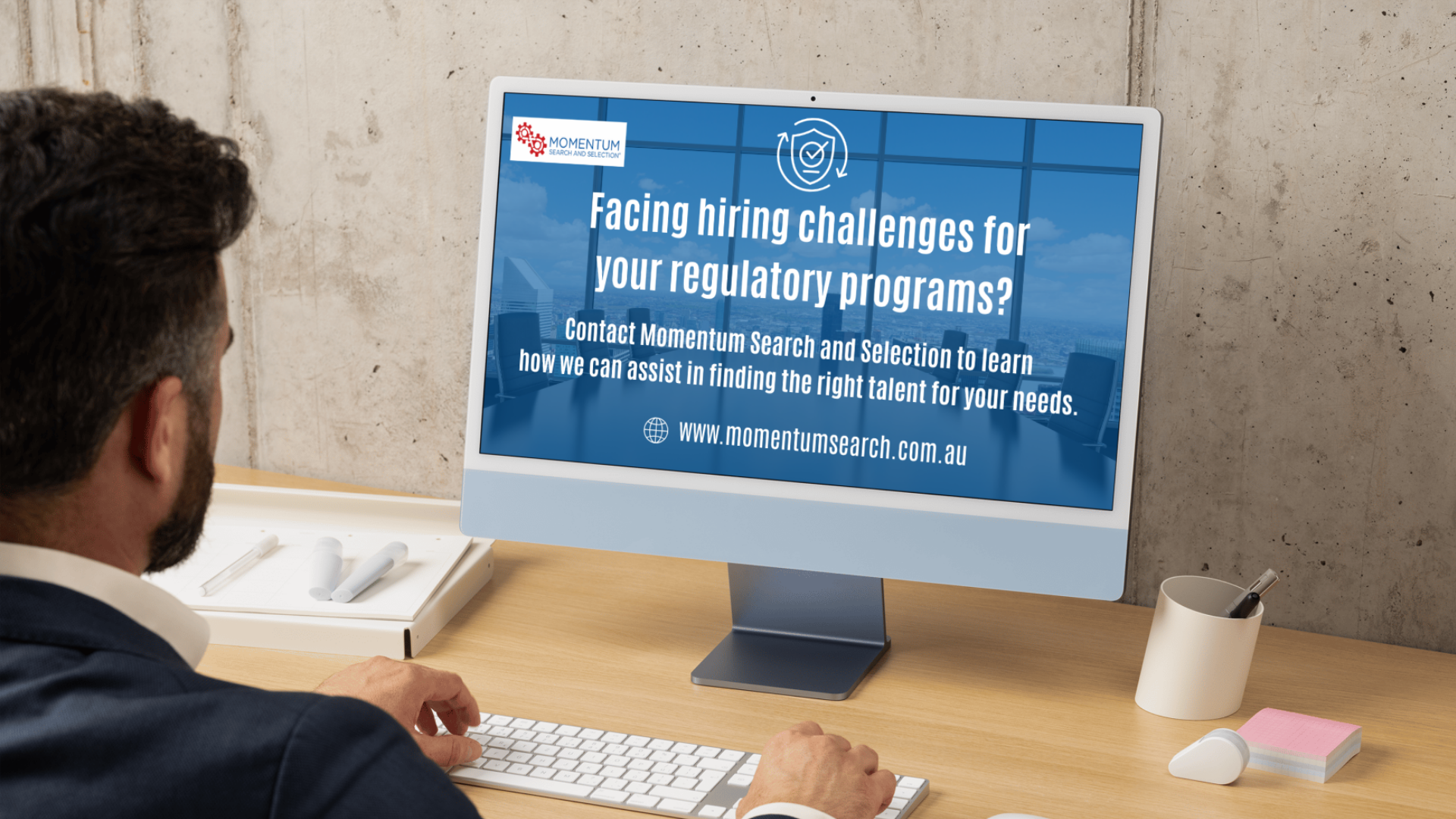Alan Herrity | August 21, 2025

Back in 1997, McKinsey coined the phrase 'The War for Talent'. That war hasn’t gone away—however, it has evolved. In today’s digital world dominated by smartphones, platforms like LinkedIn, and an endless stream of content. With many of the candidates I represent, it increasingly feels like we’re in a war for personal branding.
It’s a shift I’ve been observing for some time. As an Executive Search consultant, I spend a lot of time helping people with their CVs, LinkedIn profiles, and career development. What I see consistently is this: whilst applying for roles is technically easier than ever, standing out in a meaningful, credible way is much harder.
Why Personal Branding Matters
Applying for a job today can take just a few clicks. However, that speed has made the process noisier and more impersonal. Your digital presence has become more than just a supplement to your CV—in many cases, it’s your first impression, your perceived reputation, and your career narrative all in one.
For instance, I often work with technology and transformation leaders—CTOs, CIOs, and COOs—who are driving high-impact digital initiatives. Yet many struggle to stay visible outside their organisations. Internally, their contributions are substantial; externally, their presence is almost invisible. Some leaders feel that the “Personal Branding” on LinkedIn and other platforms is not authentic, and they want their work to speak for itself. However, I do feel that this shift is of increasing importance, and you need to embrace it in some way.
Three Branding Styles I See in the Market
In my experience, professionals tend to fall into three groups:
- The naturals of personal branding: They share insightful content, highlight team achievements, and show how they think and lead. It feels authentic and aligned with what they actually do in the workplace.
- The well-intentioned but misaligned: They post regularly, but their content doesn’t reflect their work or strengths. There’s a gap between what they do and what they show. LinkedIn is awash with personal branding, my industry included, where many of the posts really do not align to a work purpose.
- The traditionalists: Some leaders prefer more personal, direct ways of connecting. They’d much rather have a good phone conversation or a coffee—an opportunity to share their skills, experience, and leadership style through genuine, one-on-one conversations. I do feel that you need to be able to do a bit of both these days. I often witness situations where senior leaders and Executives have neglected their networks and personal brands because they have been rightly focusing on the job at hand.
I’ve met brilliant candidates who didn’t have a well-written CV or a personal brand who are exceptional. Equally, I’ve also seen impressive-looking CVs and personal brands that didn’t hold up under scrutiny. Branding isn’t the full story, it has become an important piece of the puzzle.
Finding the Right Balance
One risk I often see, especially on LinkedIn, is the temptation to overshare personal content. It’s easy to drift away from your professional narrative or dilute your message. I suggest aiming for an 80/20 balance: 80% professional, 20% personal.
That 80% should highlight your work outcomes, leadership insights, industry trends, and team successes. The remaining 20% can be more human—a personal anecdote, a family milestone, or something meaningful. That balance helps you show up as a well-rounded person and a credible professional.
When your personal brand becomes disconnected from your work brand, it is likely to weaken your message about who you are and what value you bring.
Building Your Brand Without Burning Out
This is the area that busy senior Managers and Executives often struggle with. My view is that you don’t need to post every day. And you don’t need to reinvent yourself.
Here’s what I recommend:
- Start small and be consistent. One or two posts a week is a great start. I personally use a calendar reminder to help me stay on track.
- Share industry articles and add your perspective. This is an easy way to demonstrate thought leadership. This is what really sparks my interest in you.
- Celebrate your team’s wins. Leadership isn’t just about personal success—it’s about elevating others.
- Keep your LinkedIn profile up to date. Think of LinkedIn as your real-time professional portfolio.
- Stay connected offline too. Attend events. Keep in touch with executive search consultants. Schedule catch-ups even when you’re not actively looking for work.
We recently shared a short video on this topic: Transformation Leaders: Don't Let Your Network Go Cold — available now on our YouTube Channel.
I’m not trying to be an influencer or a personal branding expert —my aim is to assist the reader to be consistent, professional, and insightful to their networks.
What About Those Who Dislike Self-Promotion?
If you’re someone who doesn’t like the idea of “self-promotion”, you’re not alone. Some of the best leaders I work with feel the same.
But branding isn’t bragging. It’s storytelling. It’s about making sure your story doesn’t get lost and you promote yourself for the right reasons.
Even if all you do is post once a fortnight with an insight or reflection, you’re making your presence felt. And when opportunities arise, you are more likely to be on a future company’s or search firm’s radar.
Final Thoughts
When I work with clients on retained executive searches, we assess every candidate against clear criteria. We don’t choose people based on who posts the most.
Ultimately, your brand should reflect who you really are—not just buzzwords. Focus on leadership behaviours, problem-solving ability, and how others experience working with you.
Alan Herrity
Director
Momentum Search and Selection










